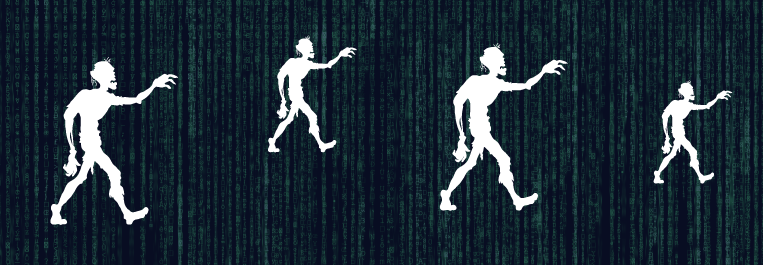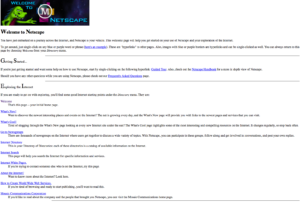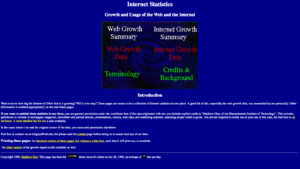Zombie Websites: the undead of the Internet
Have you ever wondered about all those photos, status updates, blogs and forum posts that you make? What about the multitude of websites you have created? Are they always going to be relevant? Probably not. And they might be there for another 50 years if nobody deletes them. Zombie websites…
It’s rare to come across a search term that leaves even mighty Google struggling to send its spiders out to crawl the internet. Searching the far-flung corners of the web this week, we found one of these little gems.
Perhaps humankind has an intense obsession with zombies (most results come up with websites about zombies). Or maybe we don’t use the term out of that particular context often enough. Regardless, you do not find much about zombie websites without doing some real digging.
In the flesh
So, then, what is this thing we are speaking of?
We define a zombie website as an old website that has survived the Internet and its evolution. Perhaps the original owner of the website is no longer around. Or, they simply forgot all about it. Finally, it may be as simple as the server that hosted that website finally being unplugged for good. These websites also serve as examples of how it is sometimes not a top-of-mind matter to remove Internet-based content.
The best part of these “web zombies” is the fact that they allow us to take a step back in time. From when HTML with minimal CSS was still cool, to times when websites started to become more something to look at than just a document on the world wide web. But although they are a great source for a giggle, you should take a moment and think: there might be a lesson to learn here. How do we prevent our online content from haunting people in the future?
Always plan to stay safe
For starters, if it’s a commercial website, have a dedicated set of individuals looking after it. If you have no further need for it, request to have it taken down. Furthermore, delete the content that you no longer need from your online sources. Be sure to keep a backup, though.
If you have someone managing your content on your behalf, make sure that’s a stable and healthy relationship. You should also have plans in place for if they are no longer able to assist you anymore. Remember that you need to own your content as much as possible.
If it’s a website of a personal nature, it comes down to whether or not you’d like that content to stick around forever. On a site where you have some control over the hosting, it’s relatively easy to cancel the service and have the content eliminated. Social media and third-party blog sites, however, are a trickier proposition.In such cases, it’s better to be proactive. Don’t add content that could potentially come back to bite you…
What’s been zombified?
In 1994, when the world was still learning how to use the Internet, Netscape created this page to show them the way. Luckily for us, it is still around. From using hyperlinks to searching the web, this guide would turn any user into a pro. Have a look…maybe you can touch up some of your skills!
This Internet Statistics website was last updated in 1996 but gives you a good idea of the early growth of the Internet.
Closer to home and well on its way to zombification is the website for Sahara Computers. By all accounts, the organisation is no longer in operation, and it appears that the site has not been updated in years.
Keen to see the living version?
Back in 2015, when our own site was redesigned to bring it back to life, we made mention of the Internet Archive’s wonderful Wayback Machine. If you’d like to see what some zombie websites looked like back in their heyday, try entering the URL into the Wayback Machine. Chances are good there is a snapshot or two.



